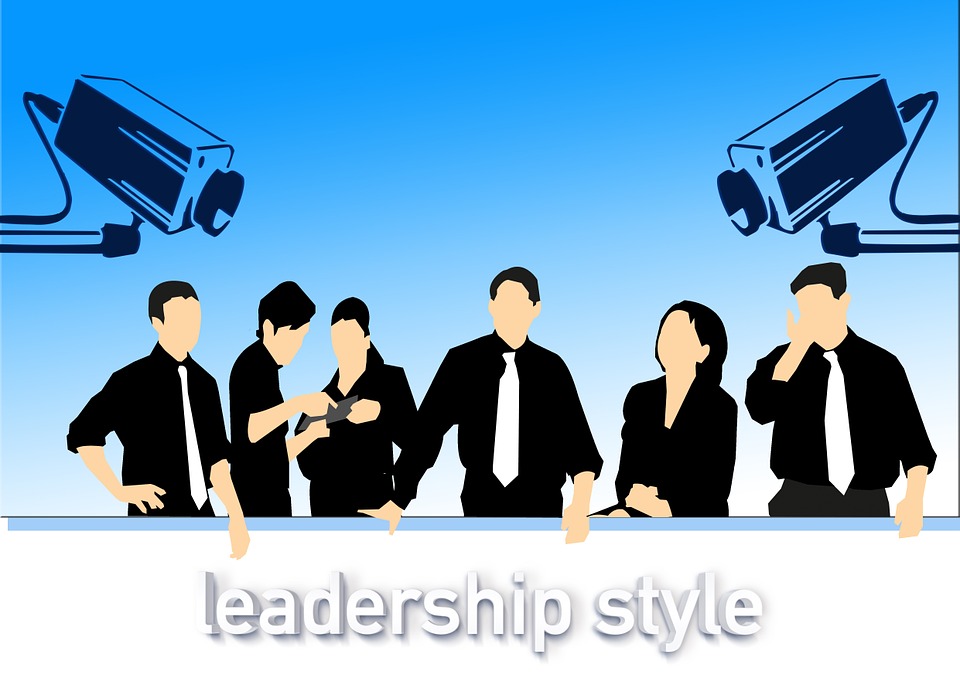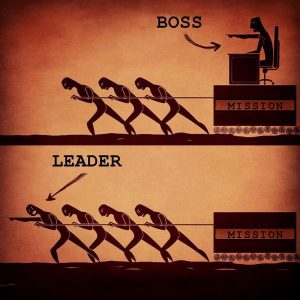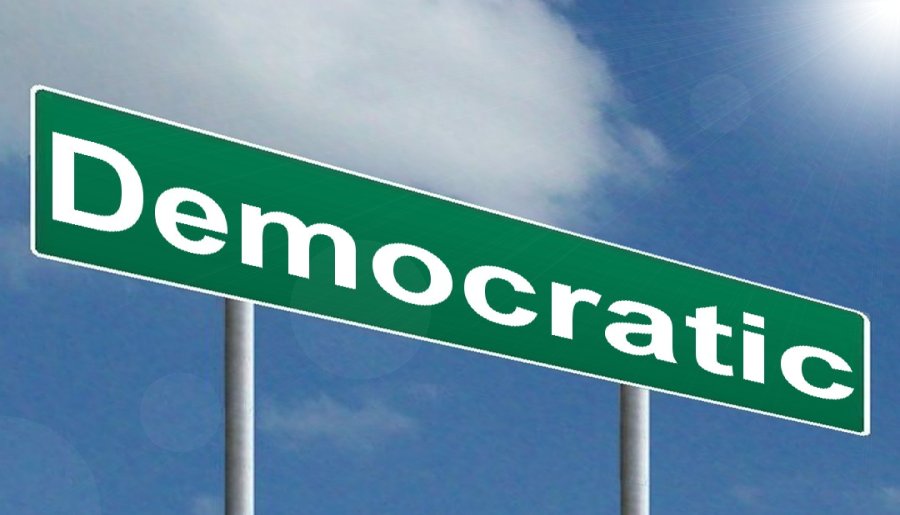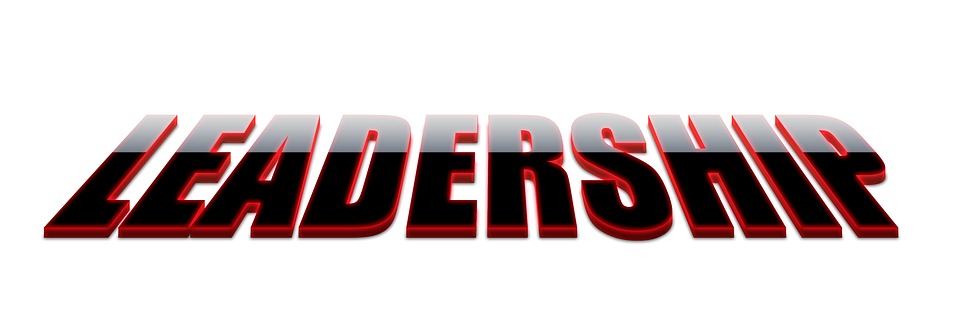 What is entrepreneurship? Is it about innovation? Is it about founding systems? Is it about product development? Or, is it about customer relations and fulfilment? These are the most common ways through which budding and existing entrepreneurs view their profession of choice. How you view entrepreneurship is very important because it will end up defining how you view your role as the leader of your business or your leadership style. And, how you view your leadership style will end up defining what culture your employees adopt and where your business goes.
What is entrepreneurship? Is it about innovation? Is it about founding systems? Is it about product development? Or, is it about customer relations and fulfilment? These are the most common ways through which budding and existing entrepreneurs view their profession of choice. How you view entrepreneurship is very important because it will end up defining how you view your role as the leader of your business or your leadership style. And, how you view your leadership style will end up defining what culture your employees adopt and where your business goes.
There are various leadership styles which range from the authoritarian to the democratic. According to Business Management Degrees, there are actually six different leadership styles. But then again, there could be an infinite number of leadership styles, depending on how vague or specific your categorisation criteria are. For the sake of convenience and expedience, here are the six most common leadership styles as per Business Management Degrees and our understanding of each one of them.
Leadership Styles #1: Authoritative Leaders
 The most common type, Authoritative Leaders tend to give clear instructions and expect clear results from their workforce. These leaders use a subliminal form of negative and positive reinforcement wherein they reward good output and punish insufficiency.
The most common type, Authoritative Leaders tend to give clear instructions and expect clear results from their workforce. These leaders use a subliminal form of negative and positive reinforcement wherein they reward good output and punish insufficiency.
This results in an environment of fear and one-upmanship. However, this kind of system still works, as evidenced by the majority of offices in the world.
Where this system suffers is in creative sectors and in large scale businesses because in both these scenarios a certain level of independence is required in the workforce. For instance, creativity is only achieved with variation and freedom that are hard to come by in an authoritative and regimental environment.
Similarly, in larger businesses, delegation is an important element because a single individual can’t keep track of all the processes and divisions in the business. However, since authoritarian leadership styles don’t encourage responsibility in the staff, the element of delegation in large scale businesses becomes ineffective.
However, since authoritarian leadership styles don’t encourage responsibility in the staff, the element of delegation in large scale businesses becomes ineffective.
Leadership Styles #2: Affiliative Leaders
 Affiliative, although not technically a word, means something that creates affiliation. Affiliative leaders tend to value people as much as their business. In their minds, if the workforce is happy, then they’ll be far more effective in their respective tasks than if they were dissatisfied or unhappy. The staff’s emotional state, according to these types of leaders, isn’t just affected by their professional life but also their personal life.
Affiliative, although not technically a word, means something that creates affiliation. Affiliative leaders tend to value people as much as their business. In their minds, if the workforce is happy, then they’ll be far more effective in their respective tasks than if they were dissatisfied or unhappy. The staff’s emotional state, according to these types of leaders, isn’t just affected by their professional life but also their personal life.
As a result of the unique nature of Affiliative leadership styles, these types of leaders tend to double up as life coaches for their employees. They give advice and support their employees through difficult periods of their lives while simultaneously rejoicing with them their successes. On the ground, this means that these types of leaders engender emotional bonds and harmony amongst their employees.
Therefore, like the Authoritative leadership styles, Affiliative leadership styles also function on a rewards system. The difference is that the rewards in these styles are emotional or intangible while in authoritative leadership styles the rewards were physical or tangible. Again, responsibility is very rare in these types of setups because it is shared among individuals in a team.
Leadership Styles #3: Democratic Leaders
 The direct effect of a leader being completely democratic in his leadership style is that the leader ends up being more of a moderator than a decision maker. These kinds of leadership styles are typically preferred by expert man managers. These are individuals who don’t have any expertise to fall back on but do know how to manage various individual and personality types.
The direct effect of a leader being completely democratic in his leadership style is that the leader ends up being more of a moderator than a decision maker. These kinds of leadership styles are typically preferred by expert man managers. These are individuals who don’t have any expertise to fall back on but do know how to manage various individual and personality types.
With democratic leadership styles, making people responsible for their performances and establishing standards becomes very difficult. Democratic leadership styles often also affect creativity and innovation.
Leadership Styles #4: Coaching Leaders
 Coaching leadership styles focus heavily on individual, personal, professional, and business development. These types of leaders find development and growth to be paramount in their entrepreneurial philosophy. Coaching leaders will often lead the way when it comes to learning new skills, adopting new technologies, or even having an open mind to different ideas and concepts.
Coaching leadership styles focus heavily on individual, personal, professional, and business development. These types of leaders find development and growth to be paramount in their entrepreneurial philosophy. Coaching leaders will often lead the way when it comes to learning new skills, adopting new technologies, or even having an open mind to different ideas and concepts.
As is obvious, these types of leadership styles are aimed at the long-term growth than short-term profits. Productivity and efficiency are considered to be natural by-products of the development that the leader initiates and encourages in his work staff. The logic is that if the skills, whether soft or hard, of the workforce improve or grow, the business itself will improve or grow.
Naturally, coaching leadership styles depend on recruitment as much as democratic leadership styles. The difference is that coaching leaders will look for self-motivated and highly driven individuals as opposed to democratic leaders who look for well-adjusted and collaborative individuals.
Leadership Styles #5: Pacesetting Leaders
 Pacesetting leadership styles are not as effective as any of the four leadership styles mentioned above. These types of leaders tend to prefer leading by example. Instead of ordering, teaching, or encouraging high-performance levels, they tend to exhibit them for all to see and aspire to.
Pacesetting leadership styles are not as effective as any of the four leadership styles mentioned above. These types of leaders tend to prefer leading by example. Instead of ordering, teaching, or encouraging high-performance levels, they tend to exhibit them for all to see and aspire to.
Typically, individuals with the highest standards end up becoming pacesetting leaders wherein they try to instil their standards of excellence or hard work on their employees. As a result, pacesetting leaders tend to be incredibly demanding of their workforce. They don’t consider every individual’s ability and knowledge but instead expect everyone to perform to standards that they’ve become used to.
Leadership Styles #6: Coercive Leaders
 Coercive leadership styles are probably the most common in Small to Medium Enterprises (SMEs) and probably the least effective method of leading. Coercive leaders tend to keep ‘yes’ men around them or train their employees to become individuals who agree with everything the boss says.
Coercive leadership styles are probably the most common in Small to Medium Enterprises (SMEs) and probably the least effective method of leading. Coercive leaders tend to keep ‘yes’ men around them or train their employees to become individuals who agree with everything the boss says.
Coercive leaders expect instant obedience and don’t bother to explain their reasoning or rationale behind a decision. These leadership styles also have strict hierarchies and a regimental system of operation where everybody stringently reports to someone till the head honcho in the chain.
Needless to say, these types of leaders tend to be very good at inculcating standards and benchmarks in an office. They’re also very good at developing systems but they do end up squashing creativity and innovation in the process. Furthermore, they also don’t provide a lot of job satisfaction to their employees.
The thing with various leadership styles is that none of them is complete in itself. The best leaders tend to shuffle through them on a case by case basis. The reason for this is that some employees respond better to one leadership style while others respond well to others. Therefore, a truly successful leader will keep all these styles in his repertoire.
Hi! We are Lovely Teachers and we would like to congratulate you for your amazing post about leadership styles. We are wonking on this in our subject of School Organization and Educational Resources, so this post has been very useful for us. Moreover, we love the way in which you have organized the information because it is very clear and accurate.
Kind Regards,
Lovely Teachers!